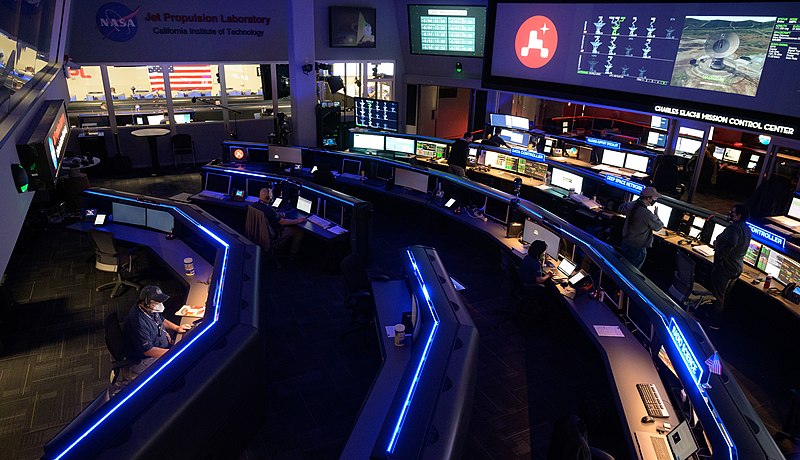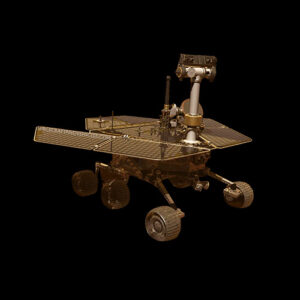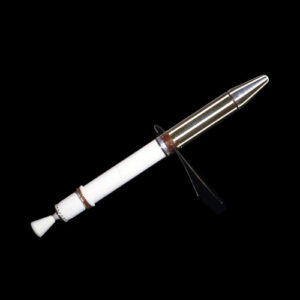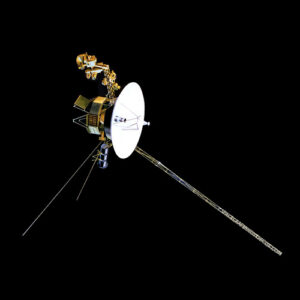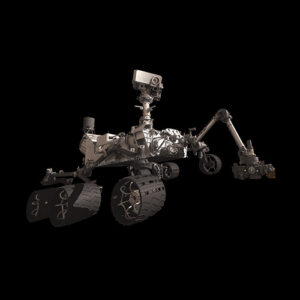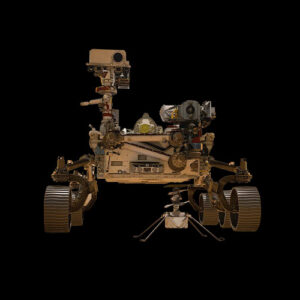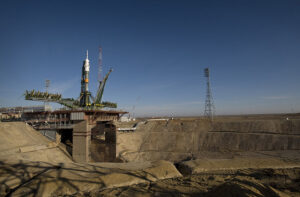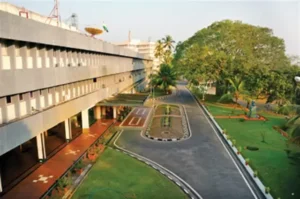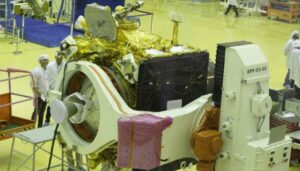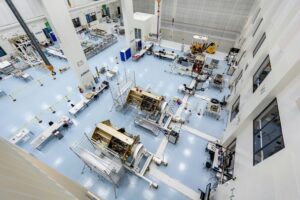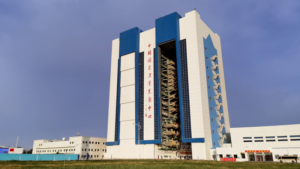NASA’s Jet Propulsion Laboratory (JPL), located in Pasadena, California, is a premier research and development center dedicated to the exploration of our solar system and beyond.
Operated by the California Institute of Technology (Caltech) for NASA, JPL specializes in the design, construction, and operation of robotic spacecraft. The laboratory’s objectives include advancing our understanding of the cosmos, developing cutting-edge space technologies, and conducting pioneering scientific missions.
JPL has been instrumental in numerous significant achievements, such as the successful landing of the Mars rovers, the Voyager missions exploring the outer planets, and the Cassini mission to Saturn. These milestones have not only expanded our knowledge of the universe but also showcased JPL’s expertise in space exploration and innovation.
History and Evolution
The origins of NASA’s Jet Propulsion Laboratory date back to the 1930s, when a group of graduate students at Caltech, led by Dr. Theodore von Kármán, began experimenting with rocket propulsion in the Arroyo Seco area of Pasadena. These early experiments laid the foundation for the establishment of JPL in 1944. Initially focused on developing rocket technology for the U.S. Army, JPL transitioned to space exploration following the creation of NASA in 1958.
One of JPL’s earliest and most notable missions was the launch of Explorer 1 in 1958, America’s first successful satellite, which discovered the Van Allen radiation belts around Earth. This success marked the beginning of JPL’s significant contributions to space science and exploration.
Throughout the 1960s and 1970s, JPL led a series of groundbreaking missions to explore the solar system. The Mariner program, which included the first successful flyby of Venus (Mariner 2) and Mars (Mariner 4), provided invaluable data on these planets. The Viking missions of the 1970s were the first to land on Mars and conduct detailed analyses of its surface and atmosphere.
The Voyager missions, launched in 1977, represent some of JPL’s most ambitious and successful endeavors. Voyager 1 and Voyager 2 explored the outer planets—Jupiter, Saturn, Uranus, and Neptune—sending back detailed images and data that transformed our understanding of these distant worlds. Voyager 1 is now the most distant human-made object in space, continuing to transmit data from beyond the solar system.
In more recent years, JPL has continued to push the boundaries of space exploration with missions like Cassini, which provided an in-depth study of Saturn and its moons, and the Mars Science Laboratory mission, which successfully landed the Curiosity rover on Mars in 2012. JPL is also behind the Mars 2020 mission, featuring the Perseverance rover and the Ingenuity helicopter, which have been exploring the Martian surface and testing new technologies for future missions.
JPL’s advancements in robotics, artificial intelligence, and remote sensing technologies have solidified its reputation as a leader in space exploration. The laboratory continues to develop innovative missions to explore asteroids, study Earth from space, and search for signs of life beyond our planet.
Related Spacecraft
Here are some of the remarkable vehicles launched from this location:
Infrastructure and Facilities
NASA’s Jet Propulsion Laboratory is equipped with a wide range of state-of-the-art facilities to support its research and mission objectives:
- Spacecraft Assembly Facility (SAF): Where spacecraft are built and integrated with scientific instruments.
- Mission Control Center: The central hub for monitoring and controlling space missions, including the Deep Space Network (DSN).
- Environmental Test Laboratory: Facilities for simulating the harsh conditions of space, including thermal vacuum chambers and vibration tables.
- Mars Yard: An outdoor testing area that simulates the Martian surface, used for testing rover technologies and navigation systems.
- Robotics Laboratory: Develops and tests advanced robotic systems for space exploration.
- Flight Projects Center: Manages the planning and execution of JPL’s space missions.
- Microdevices Laboratory: Develops miniaturized components and instruments for space applications.
